For the first activity in NWU, we participated in a mini-symposium organized by NWU according to a relationship with the University of Leicester (UOL), the UK. This is the 10th Symposium between the two institutes on Biosciences, focusing on Cell and Molecular studies. In this symposium, graduate students from UOL and NWU presented various mechanisms of many cellular and molecular biological processes in many model organisms. In addition, there was a presentation in the field of ecology from Payo Emilio García, a Ph.D. student at UOL. Mr. Cong gave a presentation titled “Identification and functional analysis of mchog1b gene encoding Hog1pB protein on morphogenesis of Mucor lusitanicus”. Mr. Cong delivered knowledge about the effects of genes encoding for Hog1 protein in M. lusitanicus on the growth, sporulation ability, and morphology of the fungus. This is a good opportunity for him to experience presenting his scientific research in front of graduate students and professors in the field of molecular and cellular biology, thereby providing an opportunity to expand his expertise in the field of Molecular biology.
For the second activity, we were exploring Japanese cultures with students from NWU and UOL. Nara is a prefecture located near Kyoto and Osaka, in the middle of the main island of Japan. It is home to many historically important temples, shrines, and other constructions and is famous for the free-roaming deer in Nara Park. Many of the early emperors built their palaces in Nara Prefecture, formerly called Yamato. Its capital, Nara City, was once called Heijo and was selected as the location of Japan’s first permanent capital in 710. Because of that, we decided to visit some landmarks in Nara and Kyoto. In Kyoto, we visited the Fushimi-Inari Taisha Shrine, which is a must-visit when in Kyoto. Founded in AD 711 and dedicated to the goddess of rice-growing, Ukanomitama-no-Mikoto, the shrine is still frequented by merchants and tradesmen who pray for prosperity. In addition, we also visited an ancient temple - Kiyomizu-Dera Temple. Tourists from all over the world coming here will be impressed by the natural scenery that can be seen from the temple with wooden pillars precariously in the middle of the mountain. On the next day, Prof. Hiroaki Sato gave us a tour to the Nara Park – where a lot of deers are kept here for religious reasons and the Nara National Museum, which has a huge collection of paintings, pictures of Japan's feudal dynasties, and statues of Buddhism. We visited the Todai-ji Temple - one of Japan's most famous and historically significant temples and a landmark of Nara. The temple was constructed in 752 as the head temple of all provincial Buddhist temples of Japan and grew so powerful that the capital was moved away from Nara in 784 to lower the temple's influence on government affairs. We also got to see the beautiful cherry blossoms blooming early in the season – which is a symbol of Japan. In short, we had many precious and memorable experiences there.
For the third activity, we visited several labs in Department of Biological Sciences (the laboratory of Cell and Molecular Biology, Green Algae laboratory, Botany and Ecology laboratory) and discussed further collaborations between HNUE and NWU in the biology field. Mr. Cong had come and worked in Prof. Satoshi Kagiwada’s laboratory, where he experienced using modern equipment like fluorescent microscopy and transmission electron microscopy. He and the students from UOL also had lab tours and small discussions with Prof. Ichiro Nishii, who is studying the evolution of developmental complexities in volvocine algae, and with Assoc. Prof. Takashi Ida about the mutualism between plants and pollinators and resource utilization of plants. For more details about research field in Department of Biological Sciences (NWU), students and lecturers from Faculty of Biology (HNUE) will be able to access the following pdf file.
For the last activity in Nara City, thanks to an introduction by Prof. Takasu Fugo, the HNUE team visited Nara University of Education (NUE), which is one of the largest universities in Education in Japan. At the meeting with Prof. Maeda Koji (Vice President of NUE) and Prof. Yoshimura Masahito (Director of the Center for Intercultural Exchange and Studies, NUE), Dr. Hau expressed the desire to cooperate in the field of education between the two universities. The meeting mentioned several education issues namely school education systems in Vietnam, education programs in HNUE and practice teaching activities. Professors from NUE stated that they will arrange an official visit to HNUE for collaboration discussion soon.
We would like to express our gratitude and warm-hearted thanks to Professors, students, and staff in NWU, NUE for your hospitality and attentiveness during our stay in Nara City. We will not forget your welcome and farewell parties, which were held warmly and happily with the participation of students and professors from NWU, UOL, and HNUE. We had the opportunity to talk and discuss with each other about life and culture in different countries, the research topics we are working on, and closer cooperation in the future.
Finally, we firmly believe that our research and training collaborations will grow in a higher step, and exchange activities will be more efficient soon. We are looking forward to seeing Professors, and students from NWU, NUE, and UOL in the Faculty of Biology, HNUE in the very near future.
Belows are selected photos of the visit:
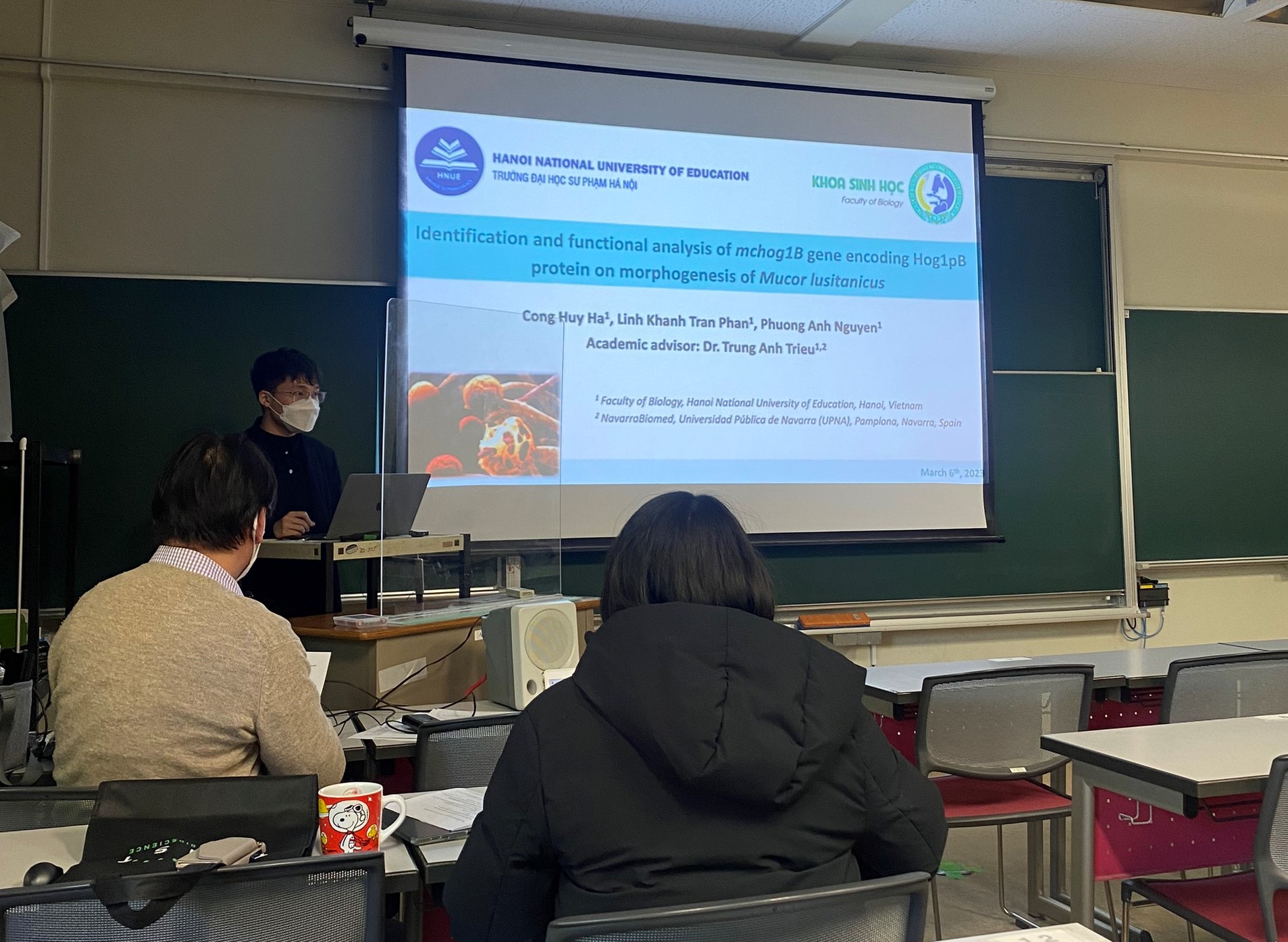
Fig. 1. Student Ha Huy Cong was presenting his study at the mini-symposium
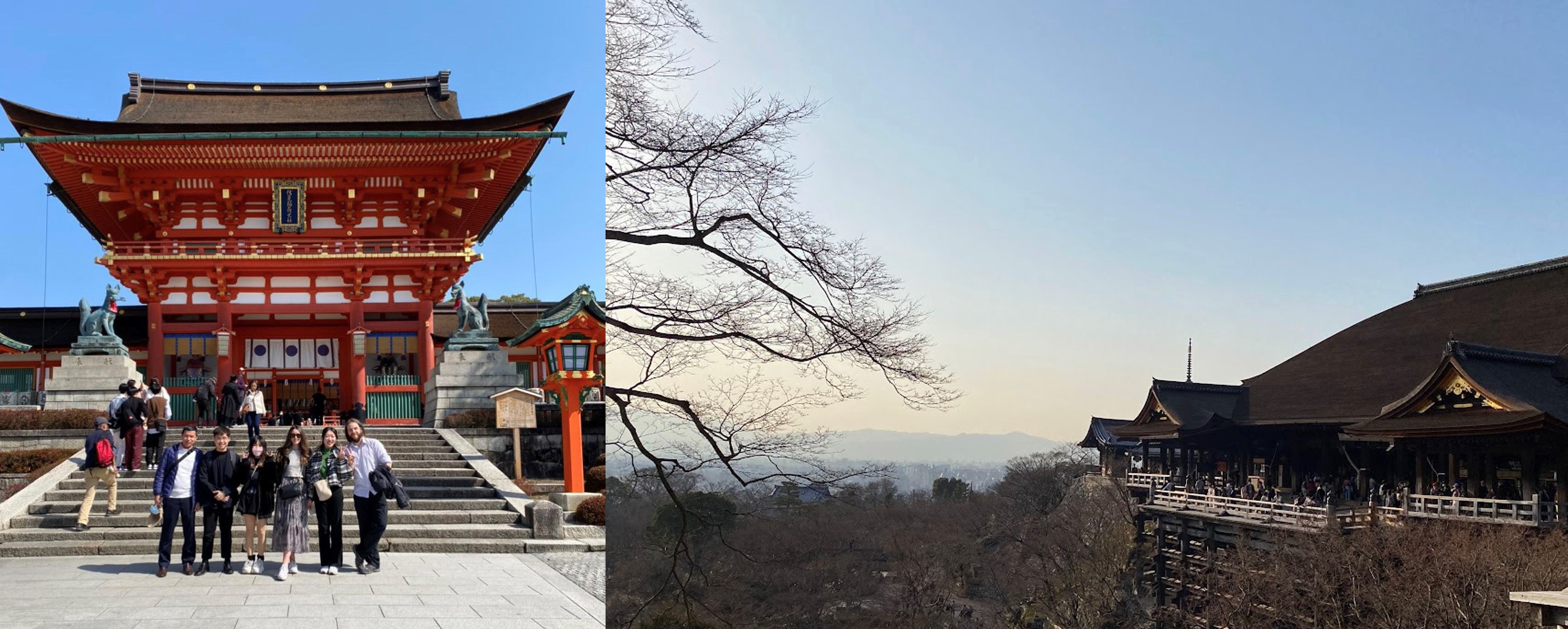
Fig. 2. Visiting Fushimi-Inari Taisha Shrine (the left) and Kiyomizu-dera Temple (the right)
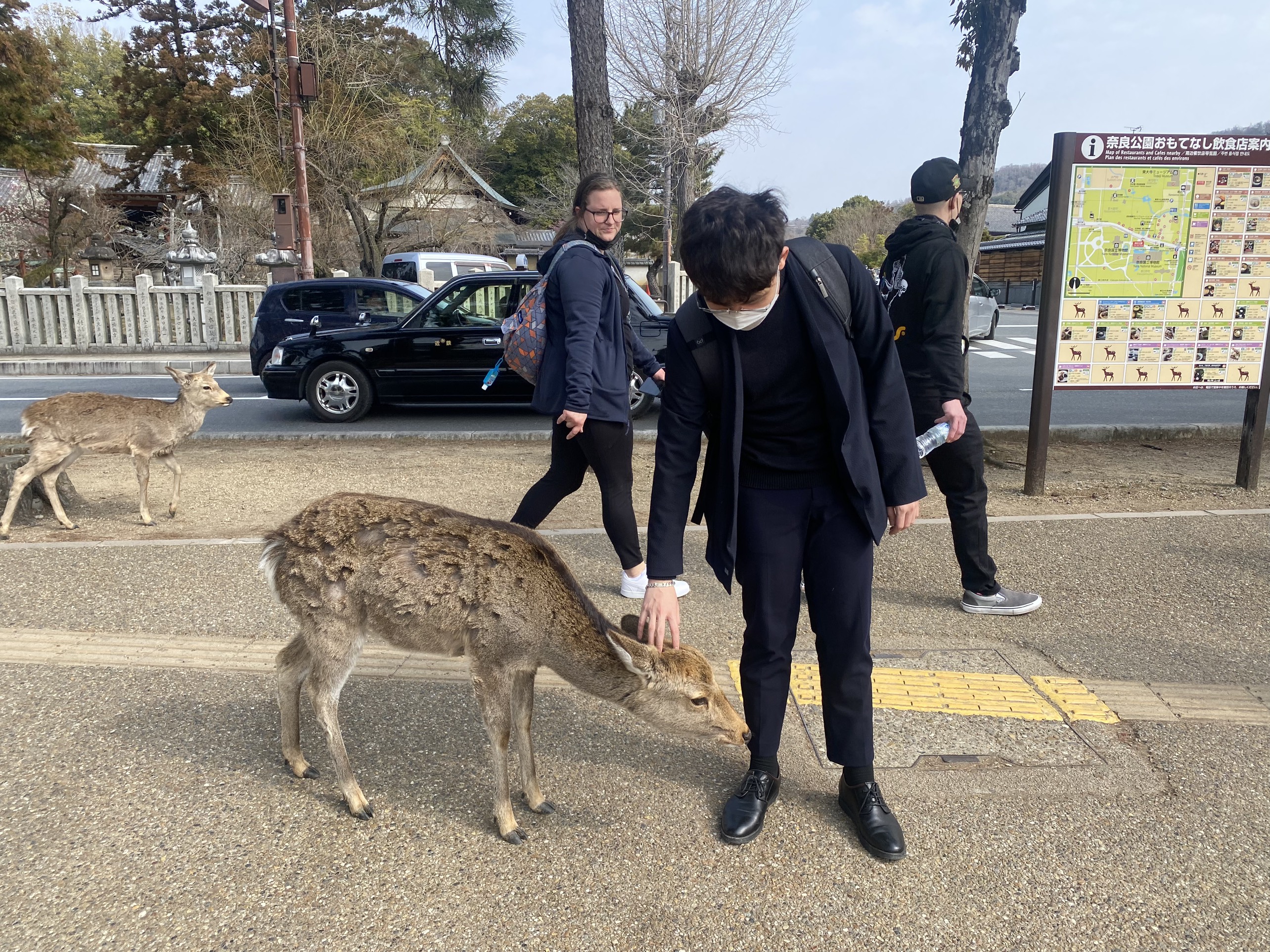
Fig. 3. At Nara Park
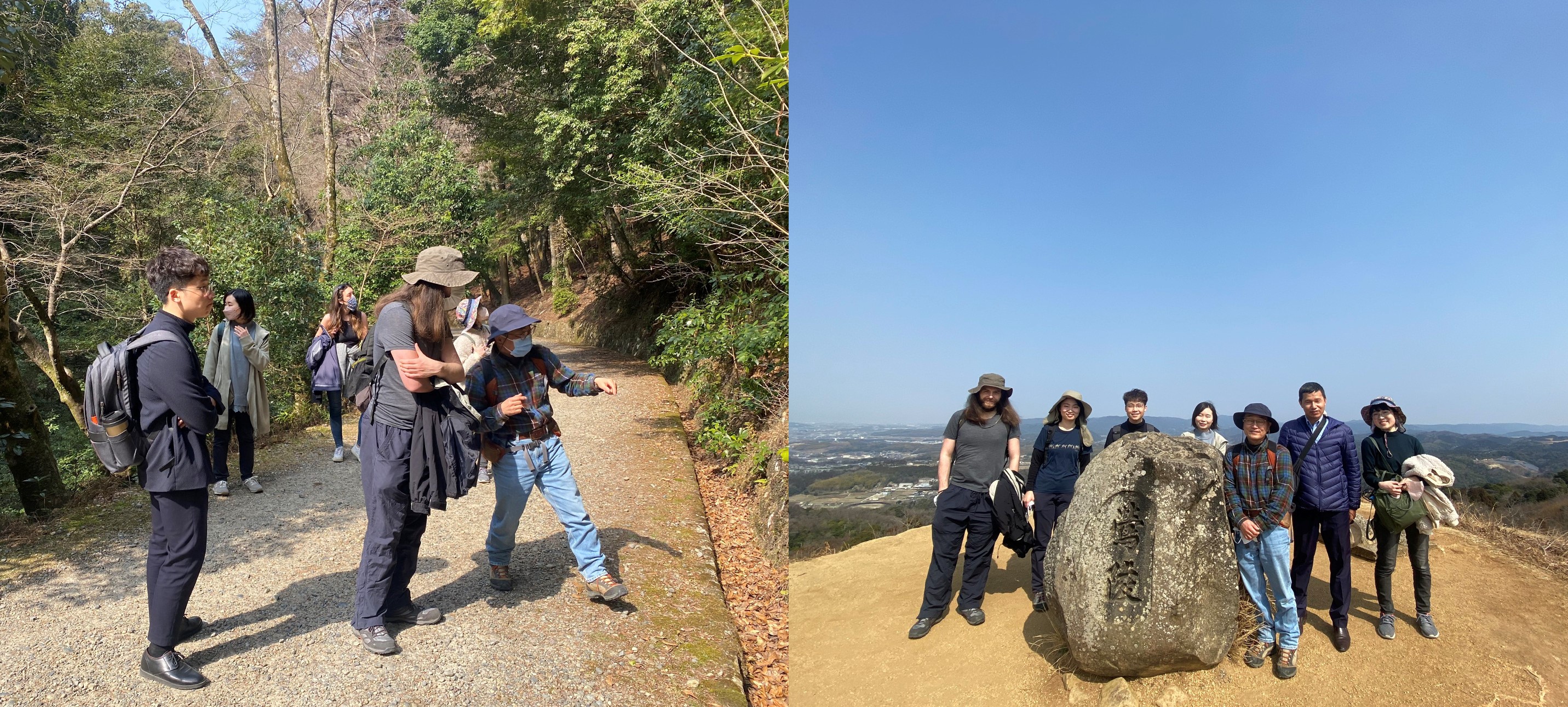
Fig. 4. Prof. Sato was introducing plants in the primary forest (the left) and group photo at the Wakakusayama Summit (the right)

Fig. 5. At Nara National Museum (the left) and at the Todai-ji Temple (the right)
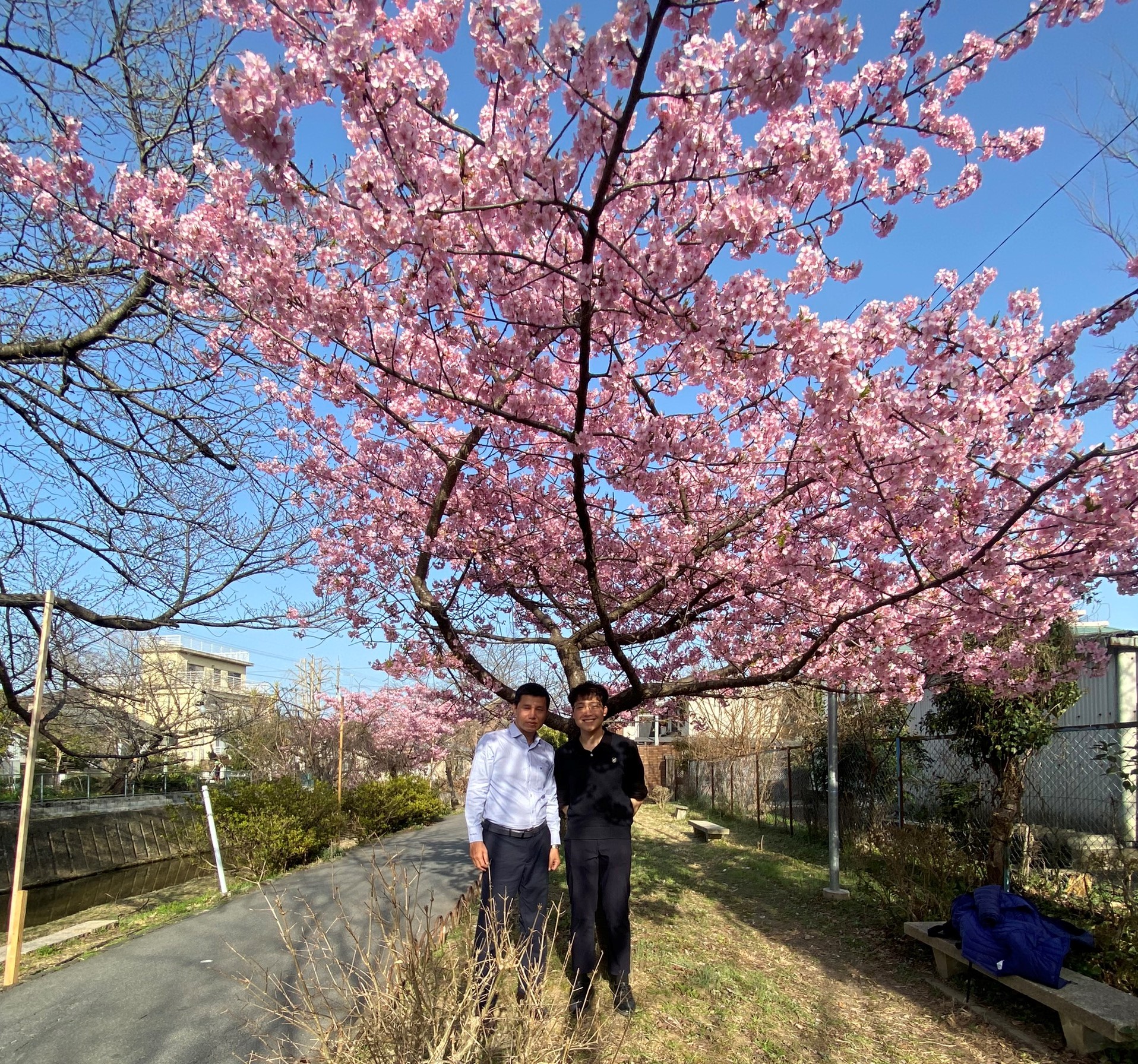
Fig. 6. Cherry blossom blooming early in the season
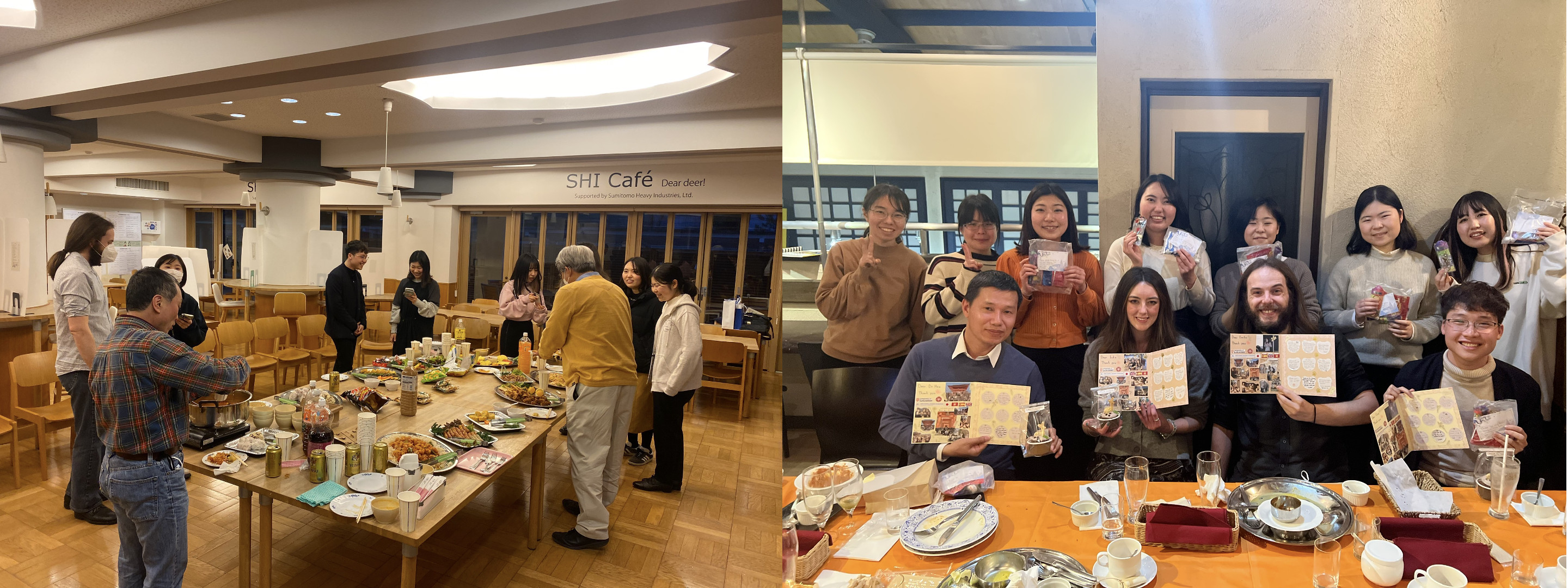
Fig. 7. Welcome party (the left) and Farewell party (the right) organized by the NWU

Fig. 8. Student Ha Huy Cong was working in Prof. Kagiwada’s lab (the left) and in Prof. Nishii’s lab (the right)
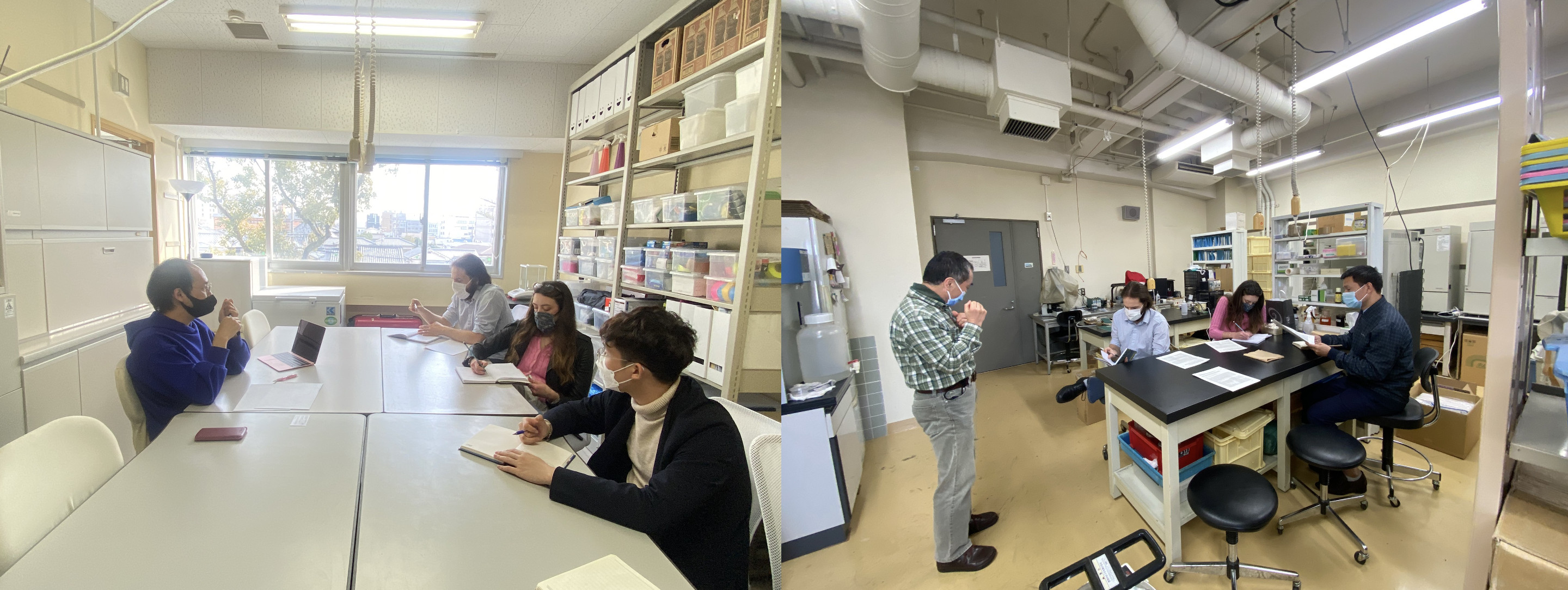
Fig. 9. Discussion with Assoc. Prof. Ida (the left) and Prof. Sato (the right)
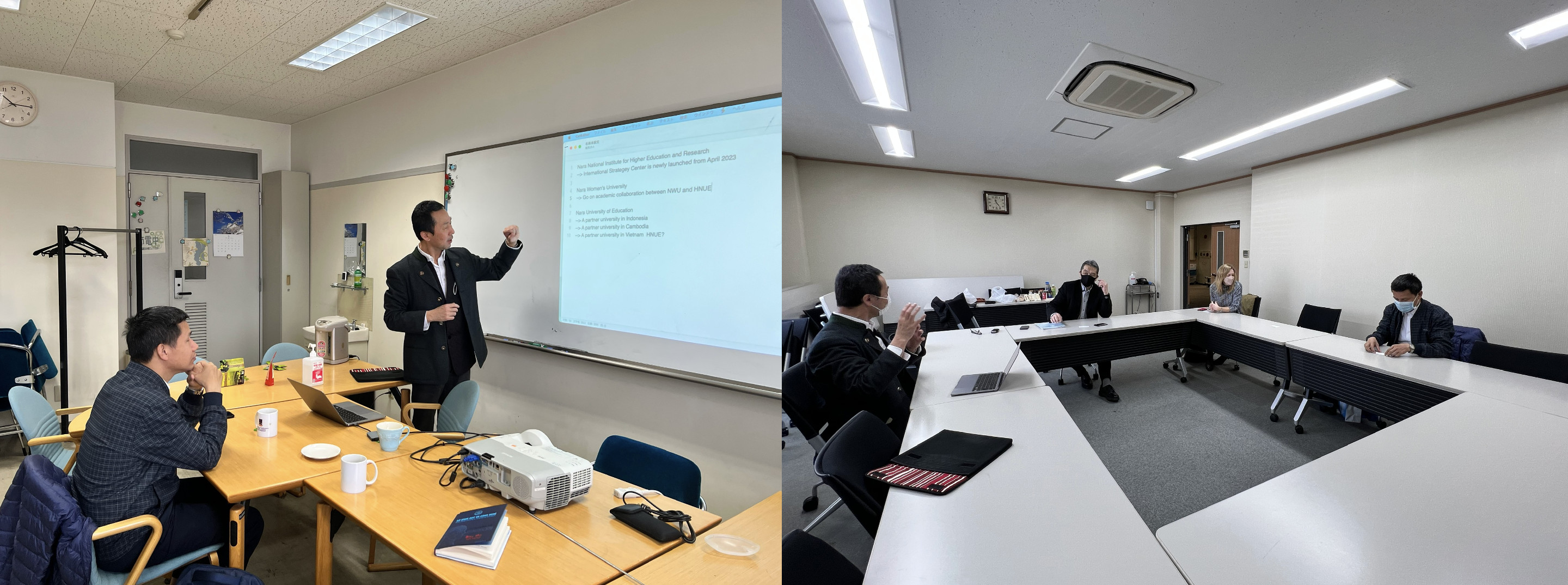
Fig. 10. Assoc. Prof. Tran Duc Hau in the meeting with Prof. Fugo (NWU) (the left) and with Professors from NUE (the right)
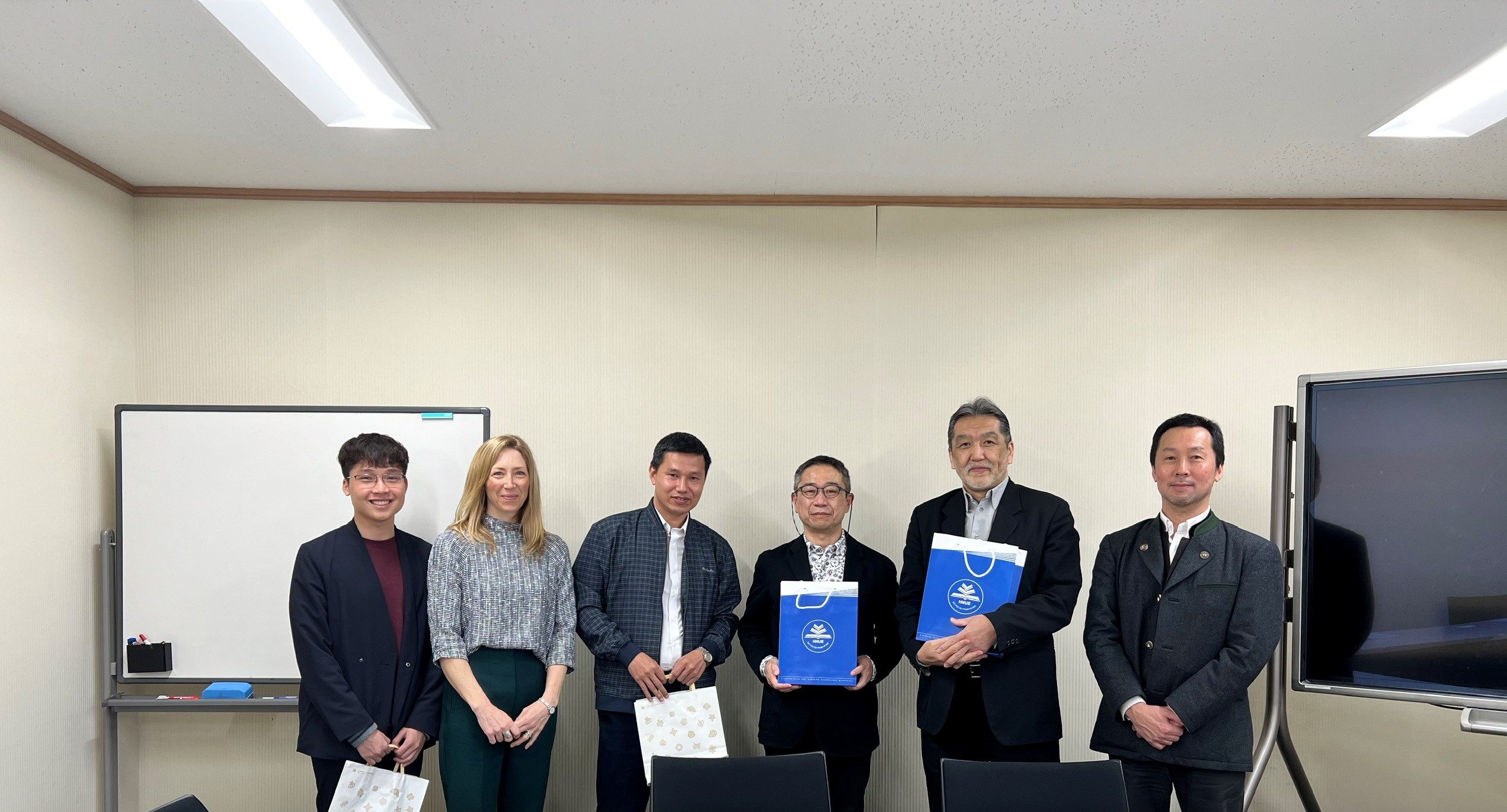
Fig. 11. Gifts giving between the two sides – Faculty of Biology (HNUE) and NUE
Report and photos by Ha Huy Cong (K70CLC) and Tran Duc Hau